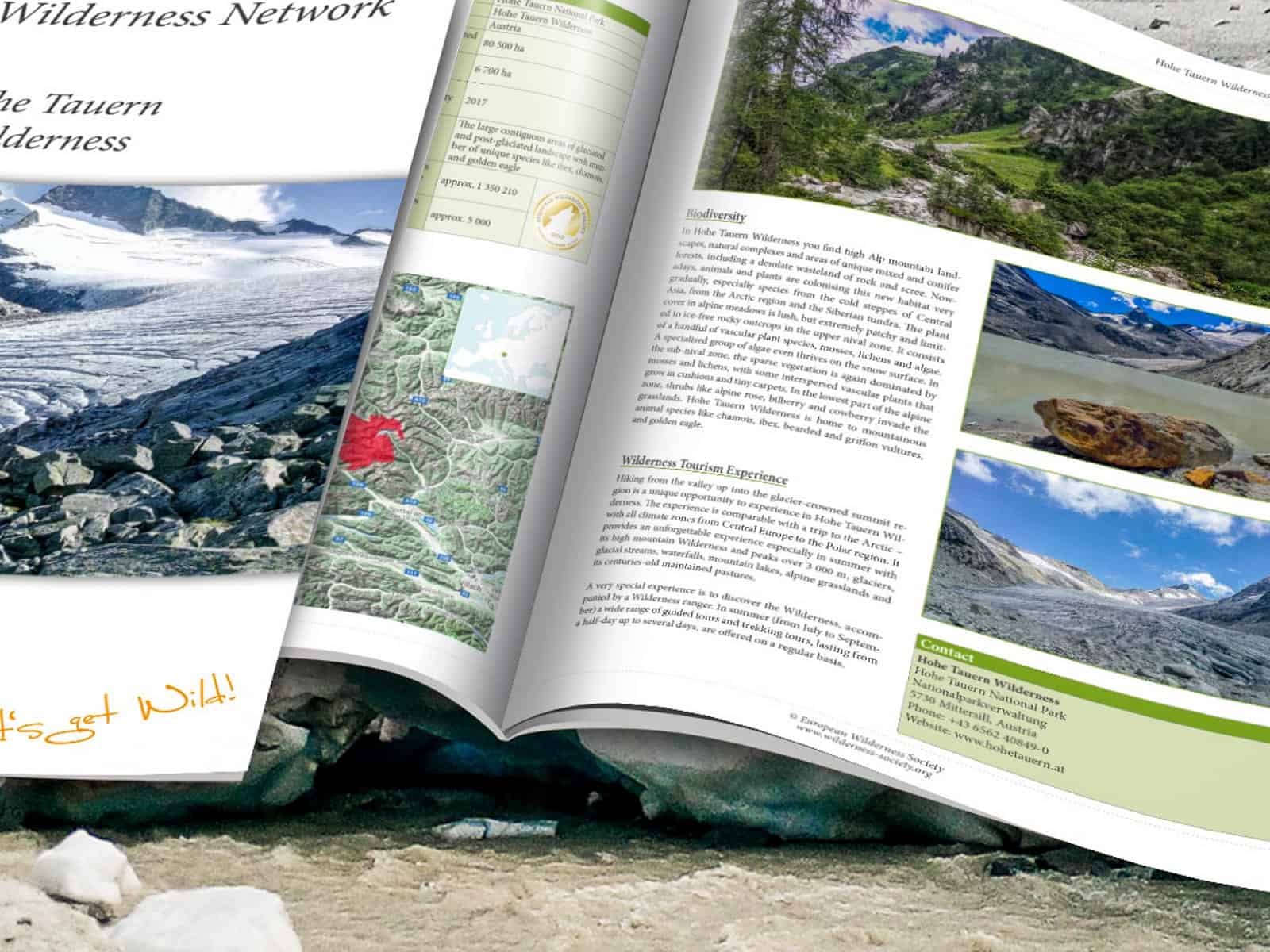Wilderness and the Birds and Habitats Directives Evaluation Study
Quoting is an interactive tool helping us to quickly narrow down our opinion or choices and make a more reliable conclusion and decision. Therefore it is used as a tool to assess research documents, reports or other statements.
Interesting quoting analysis was recently undertaken to assess the 668-pages long report: Evaluation Study to support the Fitness Check of the Birds and Habitats Directives (Final Report, March 2016 from the aspect of this word.
In this report the word Wilderness is mentioned 6 times. Please make your own judgement if it is too many or not so…
Here are more details regarding these six quotes:
- Three references to Wilderness out of the 6 cases are linked to the Polish case of Upper Rospuda Valley (PLH 200022) was threatened by planned construction of the Augustów bypass expressway
- One reference is linked to the EC Guidelines for the management of Wilderness and wild areas in Natura 2000 sites
- One reference is somewhat linked to the fact that Wilderness is mentioned in the EU 2020 Biodiversity Strategy with a link to forestry
- One reference is linked to Estonian, which developed a strong land-use planning way before joining the European Union.
Here come the quotes
Page 44: In this context the Commission has adopted the following Guidance document to support Member States on the implementation of the operational objectives regarding the coher-ence of the Natura 2000 Network: • Guidelines for the management of Wilderness and wild areas in Natura 2000.
Page 109: The Estonian green network concept was developed in the early 1980s, based on a strong land-use planning tradition with Wilderness and areas of conservation value considered to be core areas interlinked by natural and semi-natural landscapes. The Act on Planning and Building provides the legal background for the implementation of the network through the national spatial planning process.
Page 140: The Nature Directives cover a large proportion of EU biodiversity associated with forestry systems, including 73 bird species, over 240 non-bird species and 85 habitats associated with forests or woodland, while the Natura 2000 network covers 21% of the EU’s forested land (European Commission, 2015b). This forest area has a wide range of owners and managers, and is managed with a broad variety of purposes, ranging from commercial timber production, to multifunctional forests managed for recreation and forest products, to forests maintained primarily for land protection functions (e.g. to control soil erosion, landslides, avalanches, flooding), or is currently unmanaged173. An increasing area of forest, mainly within protected areas, is under minimal or no-intervention management (e.g. to provide Wilderness). The Upper Rospuda Valley case (which was also recognised by the Goldman Environment Prize)
Page 353: In 2006 the Rospuda River Valley (Upper Rospuda Valley, PLH 200022) was threatened by planned construction of the Augustów bypass expressway, which was to cut across the protected Wilderness area and Natura 2000 sites in the valley (Fundacji EFORT, 2012).
Page 365: The Rospuda case in 2006 was a landmark example of intense involvement of citizens in Poland and civil society at EU level. The Rospuda River Valley (Upper Rospuda Valley) was threatened by planned construction of the Augustów bypass expressway, which was to cut across the protected Wilderness area and Natura 2000 site in the valley.
Page 540: The Rospuda River Valley (Upper Rospuda Valley) was threatened by planned construction of the Augustów bypass expressway, which was to cut across the protected Wilderness area and Natura 2000 site in the valley.








